Aurigan System
And in its darkest hour, Man's last chariot finally found its charioteer.
The Aurigan System is the gravitationally bound system of Auriga and the objects that orbit it. Of the bodies that orbit Auriga directly, the largest are the two gas and ice giants and the three terrestrial planets, followed by a large number of dwarf planets and innumerable small astronomical bodies. Of the bodies that orbit Auriga indirectly—the natural satellites—two are larger than Luteria, the largest dwarf planet, but none are remotely as large as the smallest terrestrial planet.
The Aurigan system formed about 4.4 billion years ago, making it rather young compared to other systems in the Elysian Star Cluster. It was also the first to be settled by human civilization after the Solar System, making it the de-facto new home of the human race. Auriga's most important planet is, by far, the class V world of Vesta, the new homeworld of humanity and the beating heart of the Vestan Federation. As a result, Auriga is the foremost economic and cultural force of Elysium, as well as its most populous system with more than 500 million inhabitants.
History
Early history
The Aurigan system was initially discovered by the UNS Ulysses some three hundred years before its arrival, with early scans indicating a potentially habitable world. As the Ulysses closed the distance, ever slowly reducing its speed, its scans became more and more accurate, providing a complete cartography of the system and its astronomical bodies when it arrived in year 0. After the colonization of Vesta, astronomers began to study the Ulysses' data and established their own observatories to pursue their analysis.
It wasn't until the early 110s that expeditions began to explore and survey the system's bodies for raw resources. From there, colonization and industrialization of the system grew exponentially, reaching its apex in the 130s. This expansion culminated in Operation Hades, which stabilized the system's trade routes and removed much of the dangers caused by pirates and other outlaws. Growth eventually slowed after 169, with the colonization of Asteria taking much of the expansion efforts, and nearly came to a stop in the aftermath of the Interstellar War.
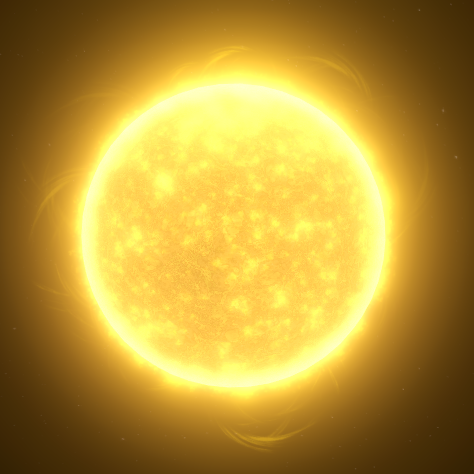
4.426 billion years
Total population
556 328 788 (382 est.)
Nations
Vestan Federation
Non-Aligned Nomad Fleets
Known Planets
Styx
Vesta
Atalanta
Cardea
Stannus



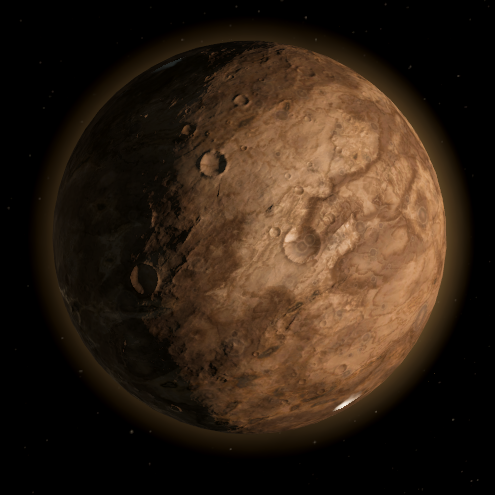
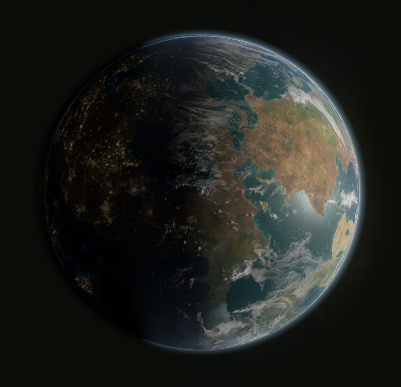
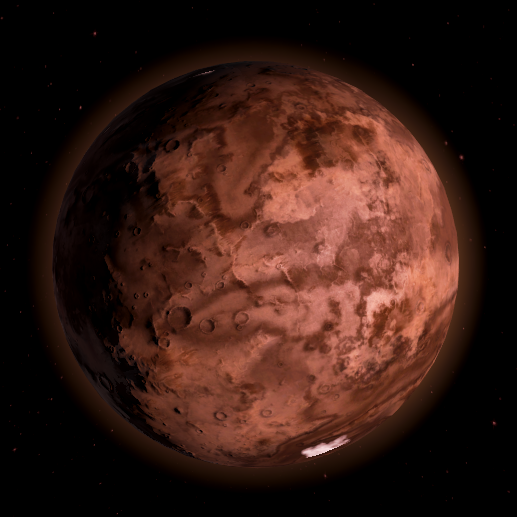
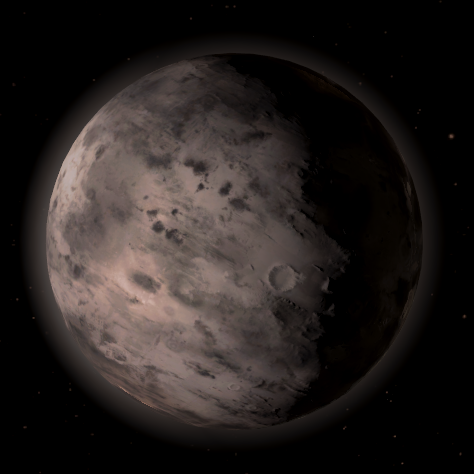
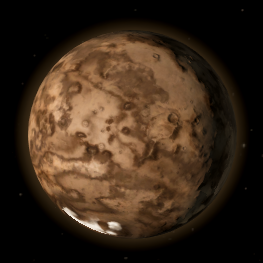
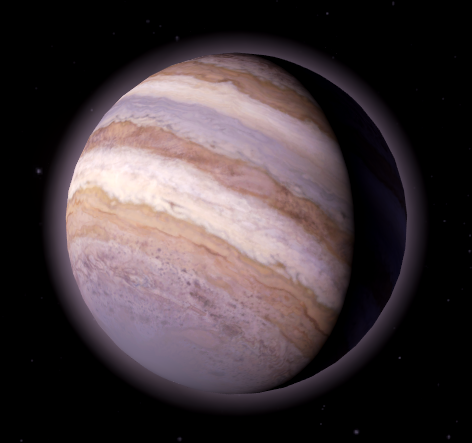
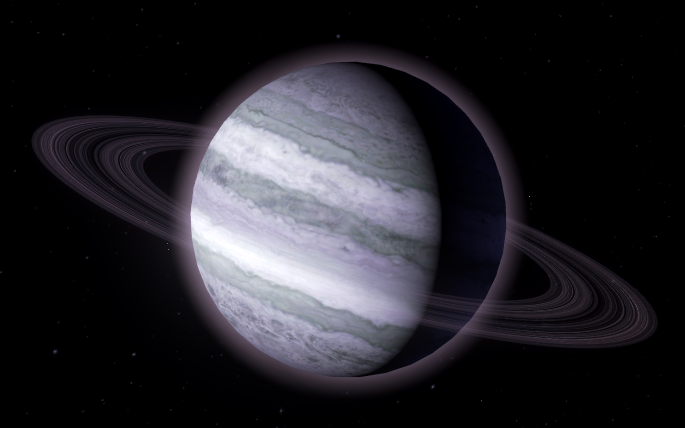


Comments